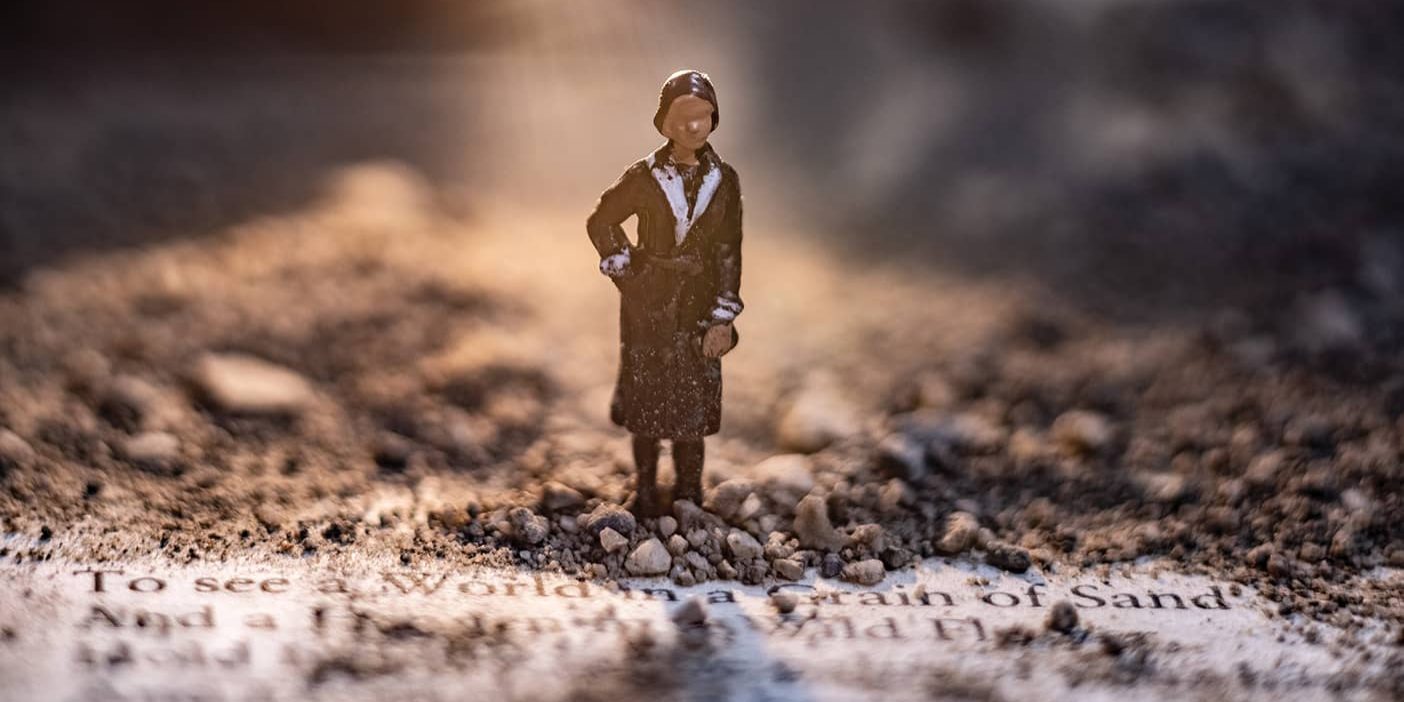There Must Needs Be a Christ
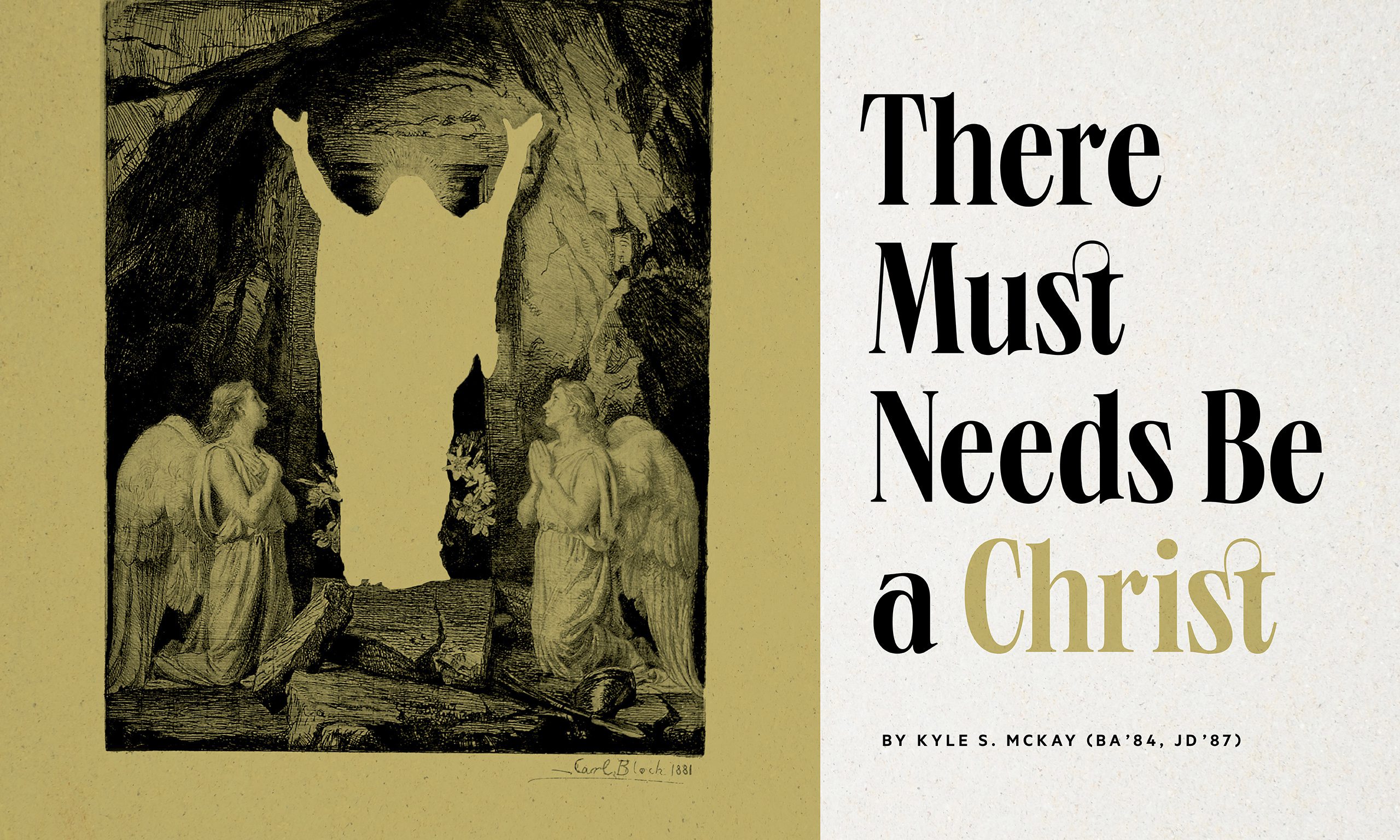
In an increasingly anti-Christ world, understanding our need for a Savior is Critical.
By Kyle S. McKay (BA ’84, JD ’87) in the Summer 2021 Issue
Near the end of his ministry, Nephi declared, with some urgency, “I must speak concerning the doctrine of Christ” (2 Ne. 31:2). He then spoke of faith, repentance, baptism, the gift of the Holy Ghost, and enduring to the end—principles and ordinances he identified as the doctrine of Christ.
Today I am filled with a similar sense of urgency. I feel that I must speak concerning the doctrine of Christ. In doing so, however, I speak of a doctrine even more foundational than the principles and ordinances identified by Nephi as the doctrine of Christ. I speak of the core belief and simple doctrine that there must needs be a Christ. Naturally, if there must needs be a Christ, His identity is as important as His existence.
This doctrine of Christ has been disputed, debated, and defended throughout the ages. I find it interesting that the people among whom Jesus came during His mortal ministry did not reject the doctrine of Christ. They believed in a Messiah and Deliverer. They were not anti-Christ; they were anti-Jesus.
By contrast, the antagonists in this land during Book of Mormon times were not necessarily against the person of Jesus. Instead, they rejected the very idea of a Christ. They did not recognize the need for a Messiah or Redeemer. They were anti-Christ. The sophisticated secularists of our day seem to resemble more closely those found in the Book of Mormon. Indeed, the Book of Mormon is both testament and type.
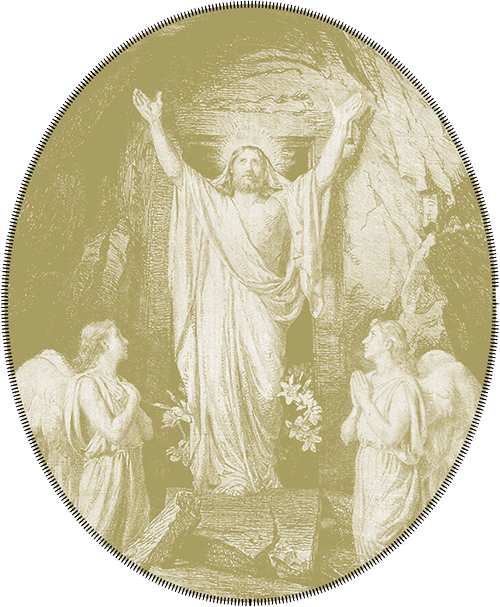
Many nations of the earth have begun to identify themselves as “post-Christian.” In this country it seems that those who push such a movement are also the ones asserting that this country was not established on Christian or Judeo-Christian values. These anti-Christian crusaders are not looking beyond the mark, as did biblical Jews; rather, they are seeking to erase the mark altogether—blotting it out through rules and revisions, “seeking to put down all power and authority which cometh from God” (Moro. 8:28) just as the Nephites did on the eve of their destruction.
All of this gives rise to what Amulek called “the great question which is . . . whether there shall be [a] Christ” (Alma 34:5). I now seek to explore and answer that question.
If There Be No Christ
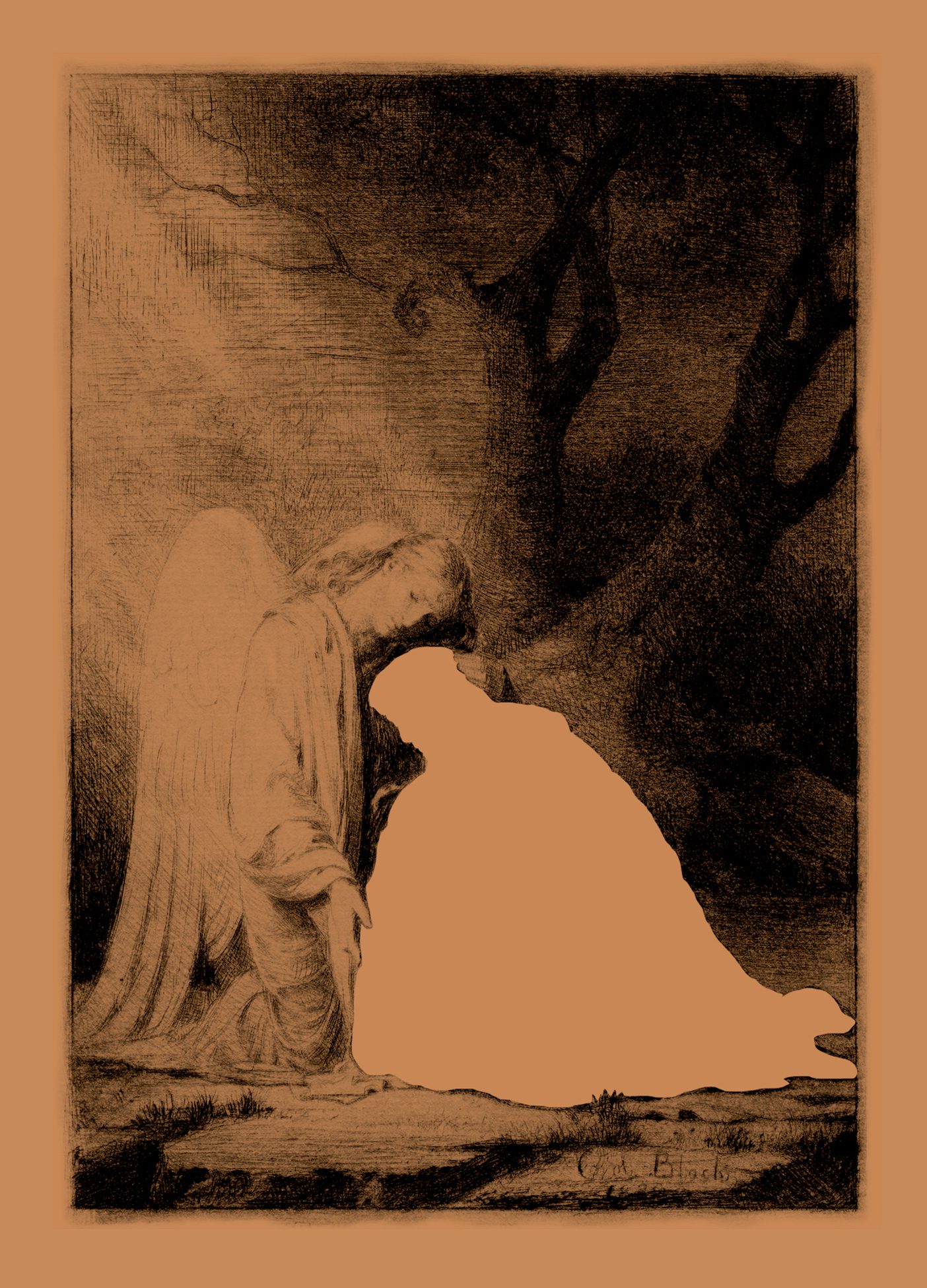
In Frank Capra’s 1946 Christmas classic, It’s a Wonderful Life, George Bailey was shown what the world would have been like without him. For George, this exercise was moving and convincing, albeit a bit frightening. For a few moments, it may be helpful for you and me to consider the frightening hypothetical What if there be no Christ?
I appreciate Elder D. Todd Christofferson’s (BA ’69) understated response. He said, “Well, to start with, . . . there is this small matter of death.”¹ Indeed, if there be no Christ, then there is no Resurrection. And if there is no Resurrection, death is the end. Or, in other words, death has no end. Those who reject the doctrine of Christ embrace the idea of extinction, the doom of never-ending death.
Anyone who has taken a marketing class can confirm that everlasting death is not a particularly strong selling point for any product. So the secularist, anti-Christ pitch necessarily focuses on the immediate and is almost always some variation of “‘eat, drink, and be merry,’ because this is it” (see 2 Ne. 28:7).
The good news of the gospel is that our potential is higher, deeper, and fuller than simply living the life of a beer commercial. Our life is forever and the Resurrection is real because there is a Christ.
If there be no Christ, then there is no healing from our sorrows, no relief from our pain, no hope for deliverance. You may reflexively be inclined to say what has been said by so many: “Time heals all wounds.” No, it doesn’t! Time doesn’t heal anything. Jesus, with time and over time, heals all wounds. He graciously grants interim and ultimate victories over suffering and death, even to those who do not believe in a Resurrection or who fail to acknowledge His hand in their healing.
Remember this grand key: faith in Jesus Christ accelerates and magnifies all healing. He took upon Himself all our infirmities (see Alma 7:11–13) so that He can come to us “with healing in his wings” (2 Ne. 25:13; 3 Ne. 25:2). If there be no Christ, there is no healing, no deliverance from suffering, no matter how much time may pass.
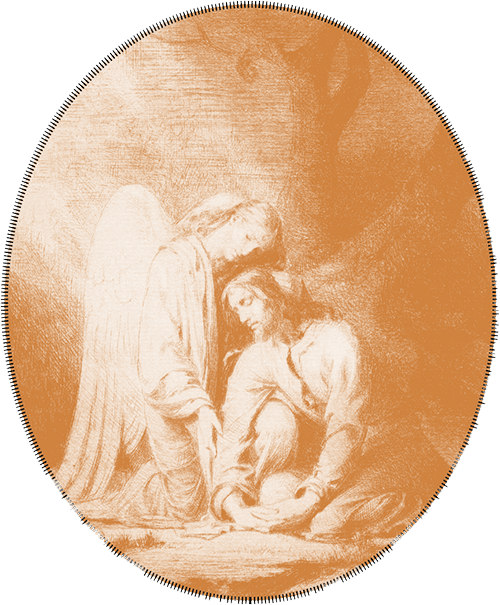
If there be no Christ, there can be no change; there can be no choice. The revelations teach us that Lucifer sought—and still seeks—“to destroy the agency of man” (Moses 4:3). It is tremendous irony that Lucifer and those who sided with him got what they fought for. They lost their agency. They are eternally unable to choose happiness, liberty, and eternal life. Instead, they are forever miserable, forever captive, forever dead as to things pertaining to righteousness. If there be no Christ, that is our fate as well. Jacob taught, “Our spirits must [have] become subject to [the devil and] . . . like unto him” (2 Ne. 9:8–9; emphasis added), forever unable to choose, forever unable to change. What a relief it is to know that there is a Christ and that through His Atonement our agency has been preserved, including our ability to choose to repent—to change permanently for the better in Him.
If there be no Christ, no wrong could ever be undone. The wrongs we have committed and the effects thereof would remain forever. The wrongs committed against us and the effects thereof would remain forever. The unfairness and injustice of this life would perpetuate forever unchecked, never undone.
Who among you has figured out how to unsay the unkind words you have spoken? You can apologize for saying them, but you cannot undo the fact that they were said. You can return a stolen item, but you can’t undo the fact that it had been stolen.
“If there be no Christ, then there is no healing from our sorrows, no relief from our pain, no hope for deliverance.” —Kyle McKay
We have all been injured or wronged by someone else. We didn’t deserve it. Some of us have lost a loved one prematurely through the negligence or recklessness of another. That is so unfair and cannot be undone by monetizing our pain in court. Moreover, in the simple process of living, we are likely to experience crippling pains and injuries, debilitating conditions, and undeserved infirmities of mind and body. All these persist forever if there be no Christ.
Elder John A. Widtsoe taught, “The ‘fall of Adam’ had made possible the earth experience, but another act was necessary. . . . Someone must cancel out the effect of the fall.”² Only a Christ—a Messiah and Deliverer—could undo the effects of the Fall of Adam and Eve. Only a Christ can undo the effects of the fall of you and me.
We are taught that for those who do not repent, it is as though no redemption had been made (see Mosiah 16:5; Alma 11:41; 12:18; 34:16). Consider the converse. For those who do repent—truly repent—it is as though no sin had been committed. “I, the Lord, remember them no more” (D&C 58:42), not because He has some godly power to forget but because there is simply nothing to remember. In His eternal world, it is gone, its effects are canceled, it is undone. President Boyd K. Packer (EdD ’62) taught: “The Atonement [of Jesus Christ] leaves no tracks, no traces. What it fixes is fixed . . . , and what it heals stays healed.”³
Through the tenderness of His mercy, we are delivered from the just consequences we would otherwise deserve because of our sins. But what about the wrongs and injustices foisted upon us that we don’t deserve? In this, His justice is as tender as His mercy, and it joins in perfect cooperation with mercy for our good and gladness. With the prophet Jacob, I invite you to “prepare your souls for that glorious day when justice shall be administered unto the righteous” (2 Ne. 9:46). In that day, every wrong shall be righted, every unfairness shall be undone—perhaps as though it had never happened.
But remember, if there be no Christ, there is no tender mercy, no tender justice—only cold, calculated, inflexible justice for our sins and the cold, random injustice of a fallen world.
There Must Needs Be a Christ
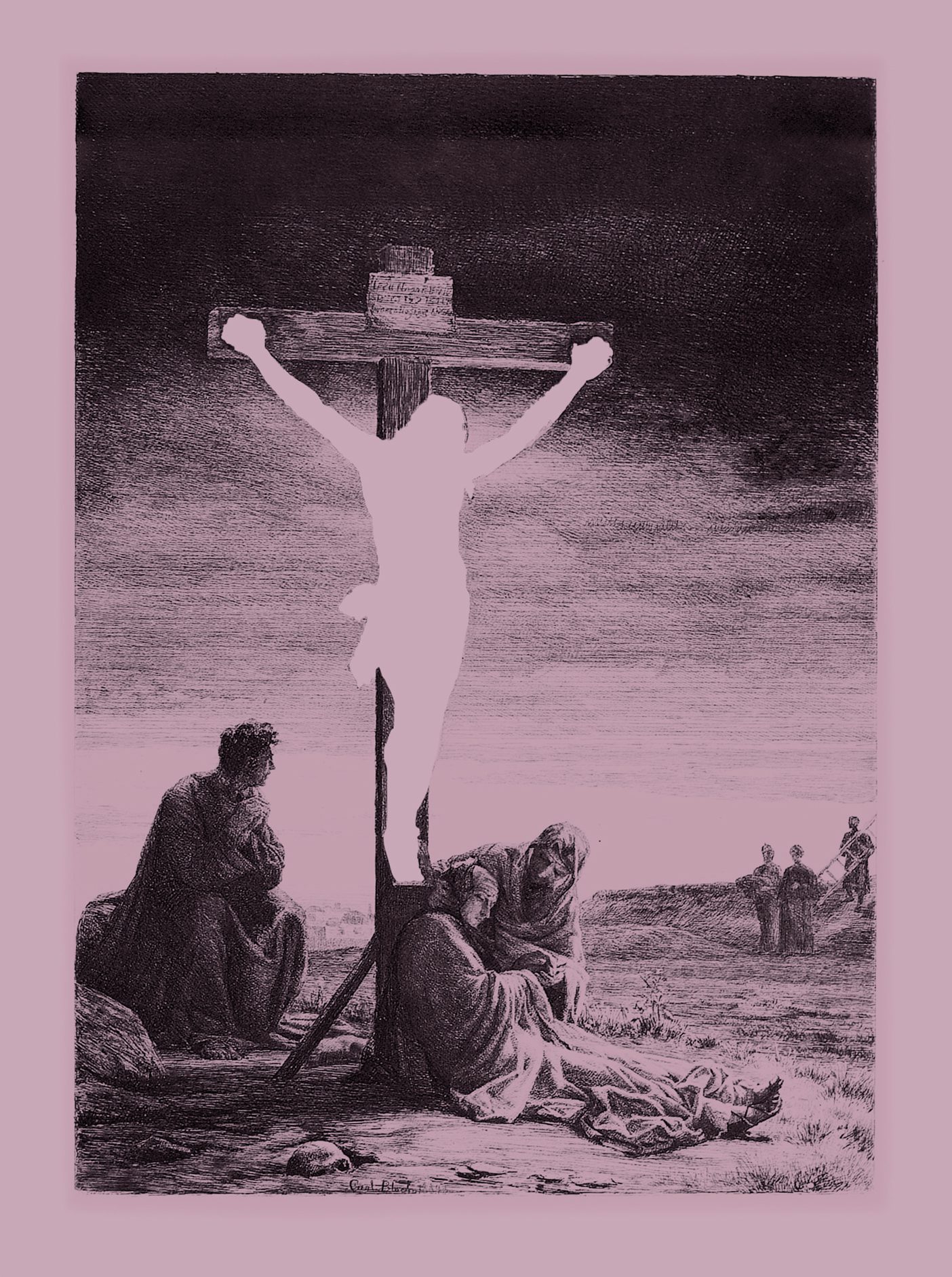
Let us now move beyond this hypothetical and return to the joyous reality that there is and must needs be a Christ, and Jesus is that Christ.
To shore up your belief that there must needs be a Christ and to bind your souls to Jesus, who is the Christ, I invite you to read again King Benjamin’s final address and the surrounding events, as recorded in Mosiah 1–6. Observe how King Benjamin taught the doctrine of Christ by establishing with brutal candor the people’s desperate need to be saved. This need arose because of their condition (they were unprofitable, less than the dust of the earth, and natural enemies to God) and their conduct (they had sins, including improper thoughts, words, and deeds) (see Mosiah 2:21; 4:2; 3:19; 4:30). Having thus established that there must needs be a Christ, King Benjamin introduced them to Jesus, who is the Christ:
And lo, he shall suffer temptations, and pain of body, hunger, thirst, and fatigue, even more than man can suffer, except it be unto death. . . .
And he shall be called Jesus Christ, the Son of God. . . .
And lo, he cometh . . . that salvation might come unto the children of men even through faith on his name. [Mosiah 3:7–9]
These chapters are a dissertation on the doctrine of Christ. As you read them with an open mind and a soft heart, the Spirit will help you remember that our potential is beyond our present capacity. We cannot attain it in our current condition, and we cannot attain it on our own. We need help. We need a helper. We need Jesus, who is our Helper (see Heb. 13:6). This need for help, and especially the acknowledgment of a need for help, is the beginning of an understanding of the doctrine of Christ and the beginning of faith in the Lord Jesus Christ.
“What a relief it is to know that there is a Christ and that Through His Atonement our agency has been preserved, including our ability to choose to repent—to change permanently for the better.” —Kyle McKay
As you seek to increase your understanding of the doctrine of Christ and your faith in the Lord Jesus Christ, I remind you of two things Alma taught about this process. First, recall that he compared the word to a seed and invited us to “give place, that [this] seed may be planted in your heart” (Alma 32:28). Faith is not the seed. The word is the seed. Faith is what nourishes the word, or the seed. So what is the word we are invited to plant in our hearts? It is the doctrine of Christ.
Alma explained:
If ye could be healed by merely casting about your eyes that ye might be healed, would ye not behold quickly? . . .
. . . Then cast about your eyes and begin to believe in the Son of God, that he will come to redeem his people, and that he shall suffer and die to atone for their sins; and that he shall rise again from the dead, which shall bring to pass the resurrection. . . .

And now, my brethren [and sisters], I desire that ye shall plant this word in your hearts, and as it beginneth to swell even so nourish it by your faith. [Alma 33:21–23; emphasis added]
The second thing we need to remember is something Alma said as he established the parameters of this experiment upon the word. He invited us to “exercise a particle of faith, yea, even if ye can no more than desire to believe” (Alma 32:27). The way this is written, and especially the way it is often read, it can seem as though a desire to believe is not the preferred starting point but some sort of fallback position: “If that’s the best you can do, well, then start there, I guess.”
Please hear and understand. A desire to believe is absolutely critical. Ultimately, it marks the difference between those who come to “know . . . the only true God, and Jesus Christ, whom [He] hast sent” (John 17:3) and those who ignore the evidence, spin the facts, reject the truth, and “trample under their feet” the Holy One of Israel because they “hearken not to the voice of his counsels” (1 Ne. 19:7), whether it be His own voice or the voice of His servants (see D&C 1:38). You will never believe what you do not want to believe. Please, protect and guard your precious, sometimes fragile, desire to believe.
Jesus Is the Christ
A few years ago, my friend’s 2-year-old daughter climbed unnoticed into their small wading pool, lost her balance, and silently drowned. It is impossible for me to tell you the grief and shock and anguish that family experienced. If there be no Christ, they never recover from it. Their little girl stays dead. There is no Resurrection, no hope for a reunion.
But there is a Christ, there is a Resurrection, and there will be a sweet reunion. That little girl lives on. She continues to be an influence on her family, and not merely through memories. If you were to see that family today, you would marvel at how “the sting of death is swallowed up in [Jesus] Christ” (Mosiah 16:8; see also Alma 22:14; Morm. 7:5).
Not long ago, I sat in the Draper Utah Temple, observing the sealing of a beautiful young couple. I marveled because I had some knowledge of the groom’s dark past. I did not know everything he had been involved in; I just knew that he had been involved in, well, pretty much everything. He had fallen deep and far. If there be no Christ, that young man does not change; that young man cannot change. Yet there he was in the sealing room, changed. I searched his face, trying to detect some residue from his dark past, but there was none. Instead, his countenance shone with light and love and hope and joy. Why? Because there is a Christ, and His Atonement leaves no tracks, no traces.
No matter how far or how deep you may have fallen, Jesus has descended farther and deeper. During His descent, He became acquainted with your grief and He was bruised by your iniquities (see Isa. 53:3, 5). He voluntarily did this so that He could bring you back home where you belong. Nor is it His aim to simply save you by the skin of your teeth. No, His promise is sure: “I am able to make you holy” ( D&C 60:7)—without spot.
In a stirring exchange recorded in the book of Matthew, Peter had the opportunity to bear his testimony of Jesus to Jesus—an opportunity each of us will likely have one day. In response to Jesus’s inquiry, “Whom say ye that I am?” Peter testified, “Thou art the Christ, the Son of the living God” (Matt. 16:15–16).
Jesus responded, saying, “Blessed art thou, Simon Bar-jona: for flesh and blood hath not revealed it unto thee, but my Father which is in heaven” (Matt. 16:17).
Let’s pause and consider that. Think of all the things Peter experienced with Jesus in the flesh. He saw the sick healed and the lepers cleansed. Peter saw the lame walk, the dumb talk, the deaf hear, the blind see, and the dead brought back to life. He helped Jesus feed multitudes. And he walked on water with Jesus. All of these and so much more Peter experienced in the flesh.
But Jesus said to him, in essence, “Peter, that’s not why you know; that’s not how you know I am the Christ. You know I am the Christ because of the spirit of revelation—the Holy Ghost confirming to your mind and to your heart that I am the Christ, the Son of the living God.”
By the same power and by the same process, I bear the same witness as that chief apostle in the primitive Church. I testify that Jesus is the Christ, the Son of the living God. Over a lifetime I have come to view and understand my own pitiful, fallen state. I have experienced sin and sorrow, suffering, and infirmities of mind and body. I have experienced unfairness and injustice at the hands of others and through the harshness of life. All of these and so much more have given me a sure knowledge that there must needs be a Christ.
“No matter how far or how deep you may have fallen, Jesus has descended farther and deeper. During His descent, He became acquainted with your grief and He was bruised by your iniquities.” —Kyle McKay
I have also searched the scriptures, pondered and prayed, wrestled in the spirit, and basked in the Spirit. I have earnestly, sometimes desperately, sought for relief, forgiveness, solace, and testimony. And in Jesus I have found them. All of these and so much more have led me to a sure knowledge that Jesus is the Christ.
With all my heart, I invite you to “seek this Jesus” (Ether 12:41). He is so accessible. I bear witness that He is alive right now. Jesus is saving and helping and healing and forgiving right now. He is quick to forgive and slow to anger. He is mighty to save, and He is mighty to change you and me. I testify that the answer to “the great question” is this: There must needs be a Christ, and Jesus is the Christ. Let us come unto Him in humility and faith so that we will be prepared when He comes unto us in power and great glory.
Kyle S. McKay, a general authority seventy of The Church of Jesus Christ of Latter-day Saints, delivered the devotional address upon which this article is based on March 23, 2021. Find the full text, audio, and video at speeches.byu.edu.
Carl Heinrich Block etchings courtesy the BYU Museum of Art. Purchased with funds from Robert and Lisa Wheatley.
Feedback Send comments on this article to magazine@byu.edu.
NOTES
- D. Todd Christofferson, “A Message at Christmas,” BYU devotional address, Dec. 12, 2017; excerpted in Christofferson, “Why We Need Jesus Christ,” Ensign, December 2020.
- John A. Widtsoe, Evidences and Reconciliations, arr. G. Homer Durham (Salt Lake City: Bookcraft, 1960), p. 74.
- Boyd K. Packer, general conference training meeting, April 7, 2015; quoted in Allen D. Haynie, “Remembering in Whom We Have Trusted,” Ensign, November 2015.


